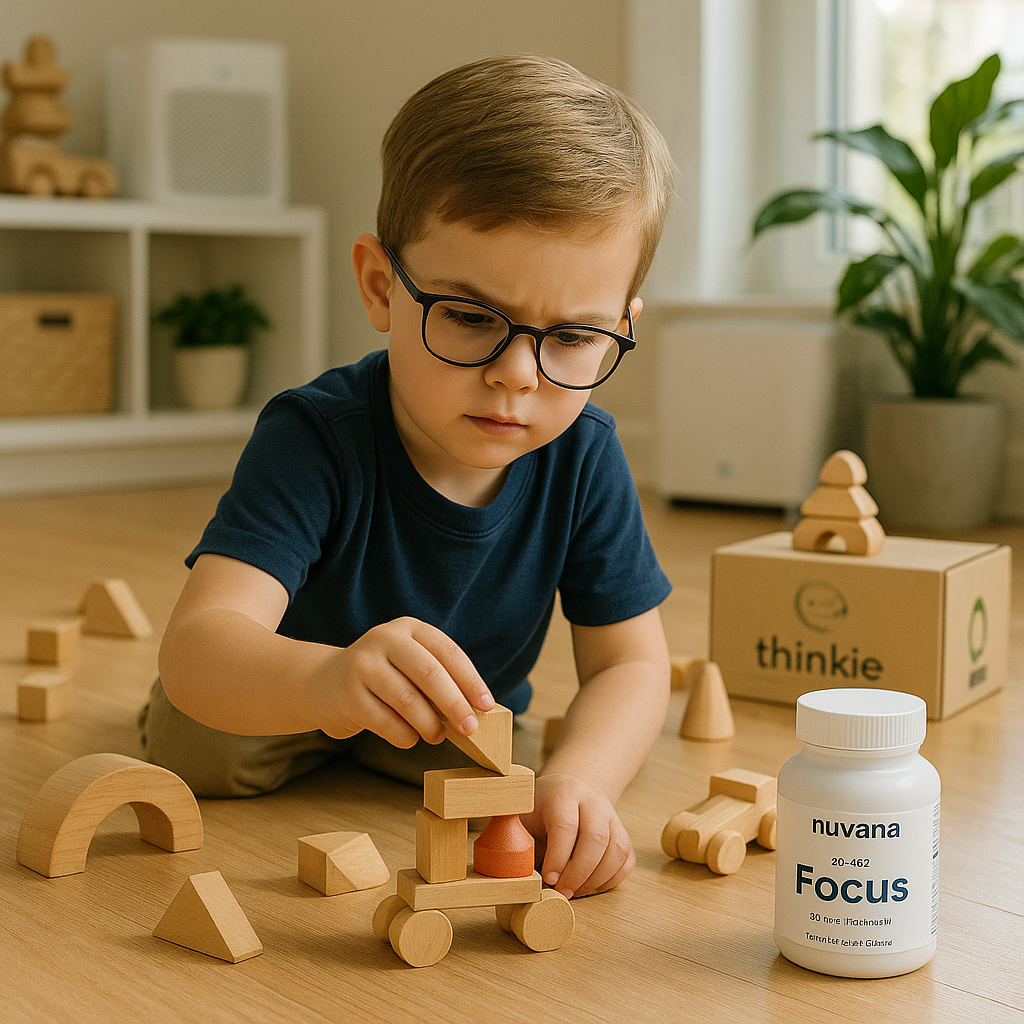
How Indoor Air Quality and Lighting Affect Children's Playtime Focus
Share
Introduction
Indoor environments play a critical role in shaping how well children concentrate during play. Subtle factors like air quality and lighting may significantly enhance or hinder a child’s ability to stay engaged in activities, especially in indoor playrooms or classrooms.
Air Quality and Cognitive Performance
Research published in Environmental Health Perspectives (2016) shows that improved indoor air quality—particularly low levels of CO₂ and volatile organic compounds (VOCs)—is associated with better cognitive performance and attention span in young children. Simple measures like opening windows or using HEPA air purifiers can help maintain focus.
The Role of Natural Light and Color Temperature
A study in the Journal of Environmental Psychology (2015) found that natural daylight exposure increases serotonin levels, improving mood and alertness. Meanwhile, cooler color temperature lighting (around 5000K) enhances visual clarity and task performance, whereas warm light (~2700K) may make children more relaxed but less focused.
Balanced Lighting Supports Play Engagement
Children benefit most from layered lighting—natural sunlight for alertness and task lighting for focus. A mix of both, along with good air circulation, helps maintain sustained attention during creative or learning-based play sessions.
Conclusion
Creating a healthy indoor environment is just as important as selecting the right toys. By ensuring fresh air and optimal lighting, we support not only physical health but also mental focus and emotional well-being during playtime.
